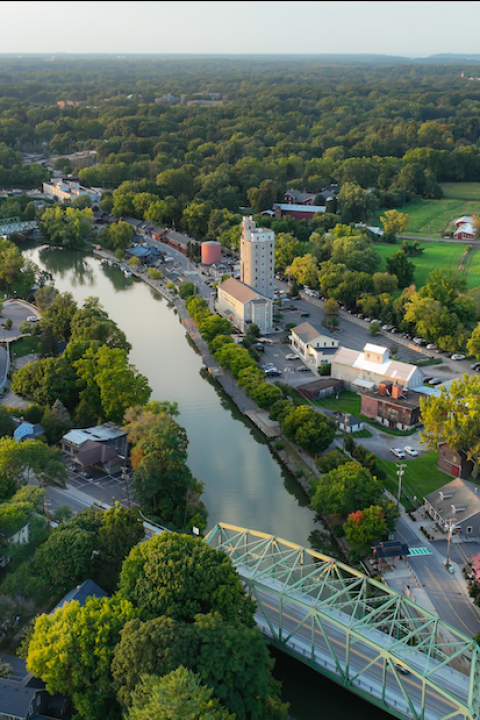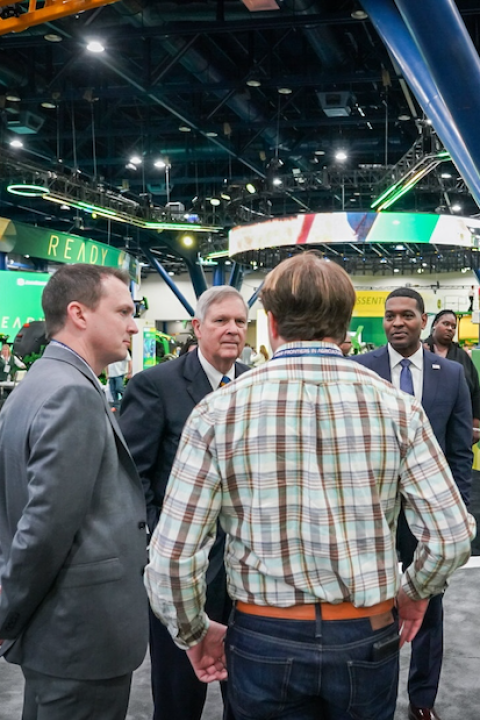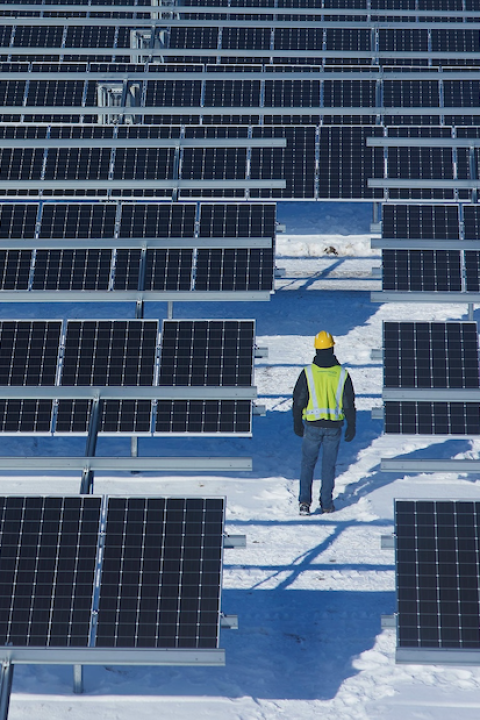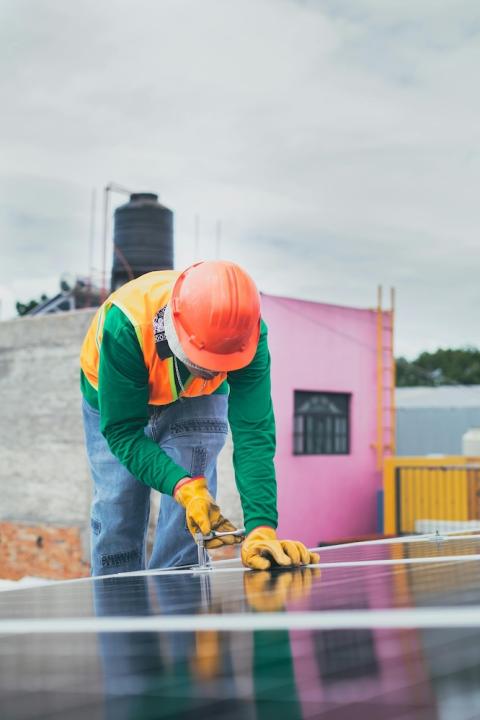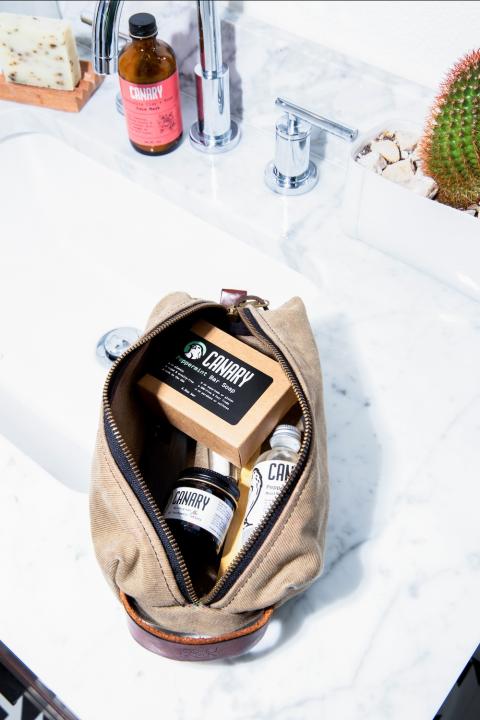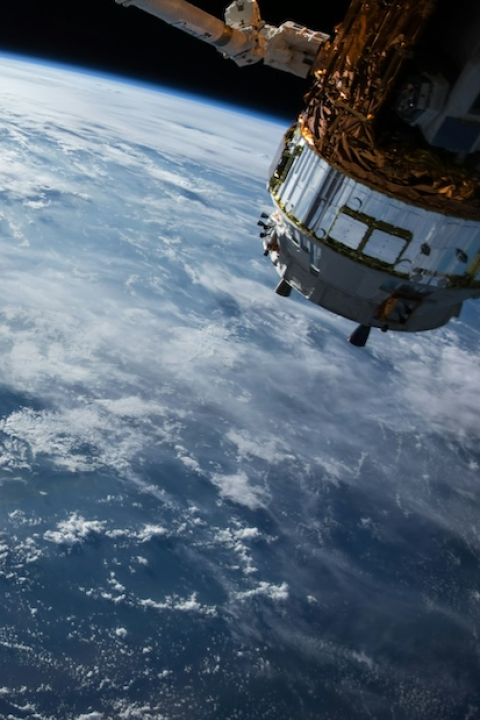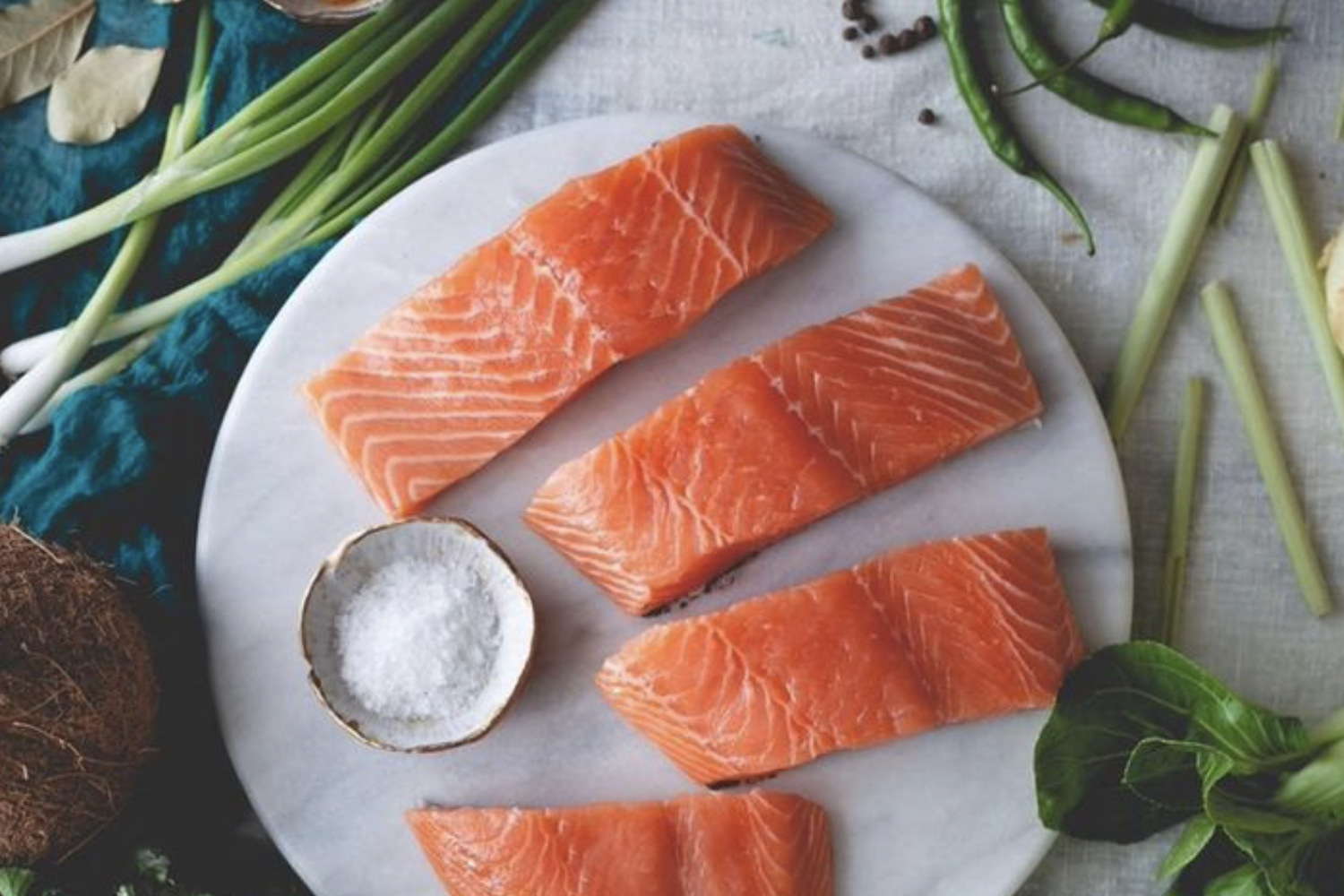
As seafood consumption outstrips what natural fisheries can sustainably produce, aquaculture has become an integral part of the food system. Roughly half of all seafood is now farmed — either in net pens in the ocean, called mariculture, or in controlled environments on land. And that percentage is projected to increase, with consumption of farmed fish outpacing wild-caught in the near future.
Unfortunately, ocean-based seafood farming comes with a number of environmental drawbacks. Diseases can spread from farmed fish to wild ones. As can sea lice, which breed much more rapidly in cramped pens than they do in the open ocean. Pollution is also an issue, with excrement and uneaten fish food flowing into the ocean. And there is the risk of escape and interbreeding. In salmon, for example, that includes genetically modified specimens breeding with wild fish or Atlantic salmon escaping in the Pacific and disrupting local ecosystems.
Moving fish farms on land can solve for this. Founded in the small town of Hvide Sande, Denmark, in 2010, Atlantic Sapphire is among the companies looking toward a more sustainable future for fish farming on land. “We saw the potential to reduce the environmental impact of traditional fish farming while ensuring a consistent supply of high-quality fish,” said Max Francia, director of marketing at Atlantic Sapphire. The controlled indoor environment of the company's farms, which it calls "Bluehouses," allows for year-round production of fresh salmon.
“Our Bluehouse is an advanced recirculating aquaculture system facility. It works by continuously recycling and purifying water, creating an optimal environment for salmon growth,” Francia said. “The closed-loop system filters and treats water to maintain ideal conditions, while sensors monitor and control factors like temperature, oxygen levels, and water quality.”

That closed-loop system isn’t just good for the salmon housed in these Bluehouses. It also protects natural habitat by keeping fish waste out of waterways and preventing sea lice and disease from spreading between farmed and wild fish. There is a downside, however — the operation requires energy to run.
This is something the company says it's working on. Its Bluehouse in Denmark uses 50 percent renewable energy, and the company aims to replicate that progress at its newest location in Homestead, Florida. “Atlantic Sapphire is committed to continually increasing our use of renewable energy sources, exemplified by its agreement with [Florida utility NextEra Energy] to develop a plan, execute and transition to a 100 percent renewable source of electricity,” Francia said.
Though there is not a timeline for this yet, the company aims to generate 5 megawatts of solar power onsite by 2030, he added. “Furthermore, many of our processes are engineered to contribute to energy efficiency, increasing the possibility in the future of using biogas and solar panels, for instance.”
Though energy use may be higher for indoor aquaculture compared to net pens in the ocean, Atlantic Sapphire aims to reduce lifecycle greenhouse gas emissions in another important way: by eliminating air transport.
The company strategically operates close to major salmon markets. It opened its first site in Denmark in 2011. Seven years later, the second was up and running in Florida. Fish don't need to fly in order to be shipped from these locations to retailers across Europe and North America, reducing their carbon footprint compared to fish flown in from net-pen operations in other parts of the world. The initial crop of salmon from Florida was given the Monterey Bay Aquarium Seafood Watch’s top rating for sustainability.

“Salmon is raised from egg to harvest size, all in one facility under optimal conditions,” Francia explained. Not only does this eliminate unnecessary transport, but by raising them under such controlled conditions, the salmon are also protected from the diseases and parasites that have led to rising mortality rates among farmed fish.
“We are dedicated to providing consumers with delicious, responsibly-sourced salmon while minimizing our environmental footprint,” he said. “Our journey toward sustainability and innovation continues, and we are excited about the positive impact we can make in the aquaculture industry and beyond.”
Overall, Atlantic Sapphire’s method has the potential to inspire a huge shift in an industry overdue for change. Harnessing renewable energy for on-land fish farms will be integral, of course, and doing so will bring sustainability full circle.
Images courtesy of Atlantic Sapphire

Riya Anne Polcastro is an author, photographer and adventurer based out of the Pacific Northwest. She enjoys writing just about anything, from gritty fiction to business and environmental issues. She is especially interested in how sustainability can be harnessed to encourage economic and environmental equity between the Global South and North. One day she hopes to travel the world with nothing but a backpack and her trusty laptop.



